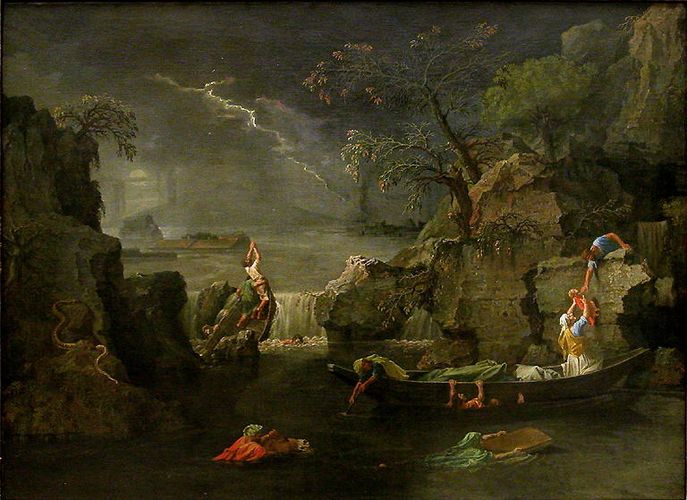In a recent contribution appearing in the Revue d'Histoire du Théâtre (special issue: La Fabrique du paysage), Barbara Babić explores the dynamics between music theatre and environment in the early nineteenth century. At the centre of the examination lies the work by the Parisian playwright Jean-Baptiste-Auguste Hapdé (1777–1839), who sought new ways and effects to bring the theatrical topic of the flood to the stage. The one common denominator among the three versions of his Déluge conceived between 1810 and 1830 was the use of the tableaux vivants, based on famous artworks by French painters, their effect heightened by music excerpts from well-known operas and oratorios. Drawing on archival material held Paris and Versailles, this investigation of the visual and aural landscapes of these plays opens up a discussion on a wide range of topics at a crossroads between early nineteenth-century theatrical debates and issues related to climate change.
In addition to the article, the critical edition of the pantomime Japhet et Sélima, ou Le Déluge (1810) together with its performance materials provide concrete insights into Hapdé’s fascinating theatrical workshop on the Parisian boulevard.
